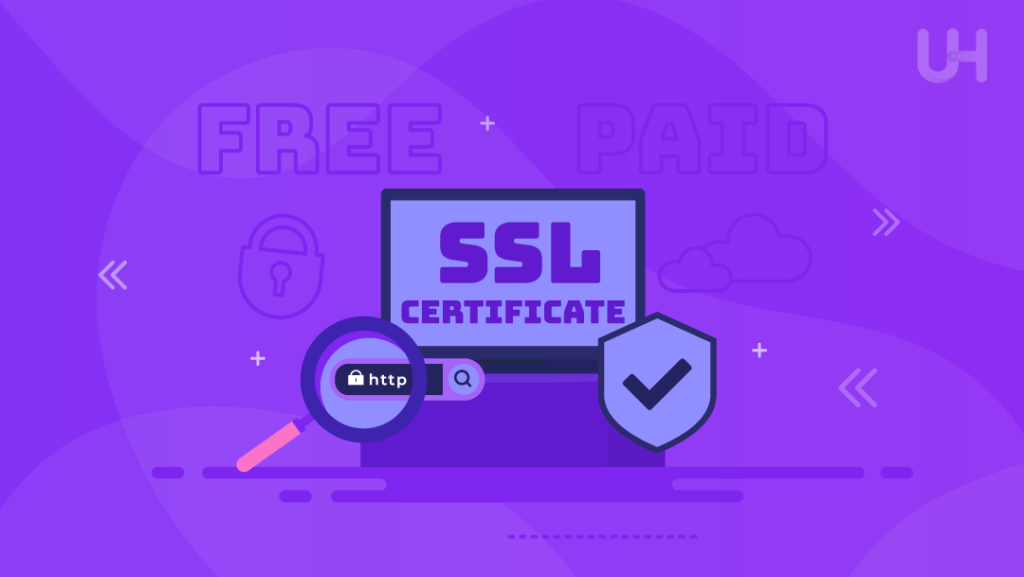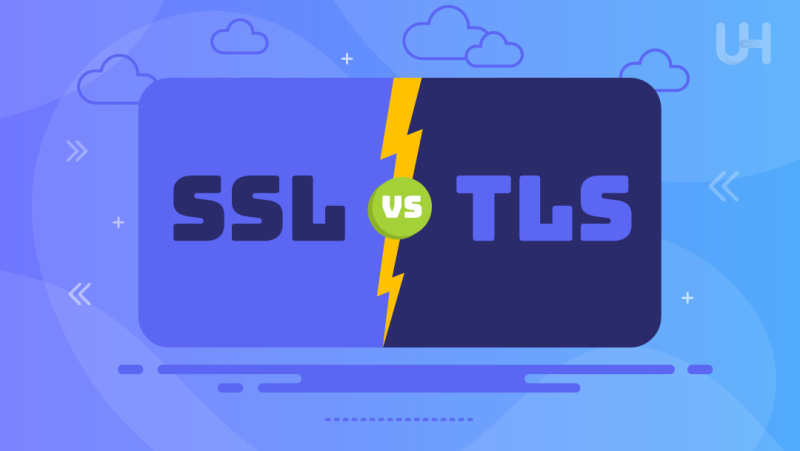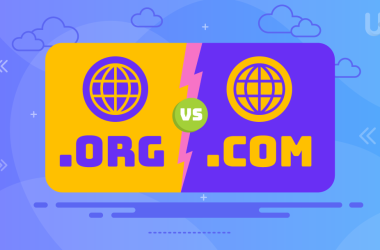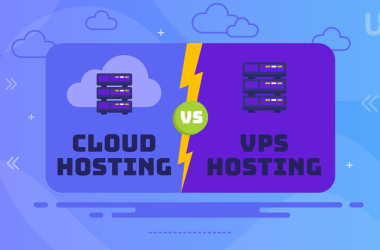Both SSL and TLS serve the same purpose, acting as guards for sensitive data and information. They help protect your private information, such as passwords, credit card details, and other important personal documents, while you access the internet. Despite performing similar tasks, there’s a substantial difference between SSL vs TLS.
Everyone today is looking for simple ways to comprehend complex technological activities. Therefore, in this blog, we will break down technological conversations into simple lines, including differences between TLS and SSL.
What is SSL? (Secure Sockets Layer)
Secure Sockets Layer (SSL) is a particular protocol that’s been around for a while alongside the internet. Online security was a new concept in the 90s era and, so to speak, required dealing with it. SSL was developed by Netscape back then. It concentrated on protecting online transactions alongside interactions with websites. Therefore, SSL ensures the communication between the server and browser remains encrypted or protected so credit cards and confidential information passwords can safely be transmitted over the internet.
Key Features and Functionality
A server, for example, a dedicated web server, possesses a client, and SSL encrypts any transfer of data. This ensures that even in case data is compromised, it will not be readable by any unauthorized entities. This subtle data encryption is achieved by means of cryptographic algorithms, which create a “tunnel” where data can be freely and safely transmitted. Also, SSL has provided means for users to authenticate with the server on the other side that supports server authentication, so they are not dealing with man-in-the-middle impersonation.
Common Applications and Protocols that Use SSL
SSL is implemented widely in different applications and protocols throughout the internet. An example is HTTPS (Hypertext Transfer Protocol Secure), which is used in webpages. HTTPS ensures the user’s browser and the server’s browser on a certain website in question. Furthermore, SSL is used in emails (SMTP, IMAP and POP3), private virtual networks, also known as VPNs, and other network services where confidentiality and honesty are crucial.
Upgrade Your Website Security Today!
With Ultahost’s SSL services, you can easily upgrade your website security. Ultahost aids in the protection of confidential information and the maintenance of user trust, and provides protection against malicious cyber threats.
What is TLS? (Transport Layer Security)
Transport Layer Security (TLS) is the successor and upgraded version of SSL (Secure Sockets Layer). Secure Sockets Layer was upgraded to TLS due to the incorporation of new advancements in cryptography and vulnerabilities posed in SSL implementation. The shift to TLS has helped improve protocols that are geared towards the security of the Internet.
Key Improvements and Enhancements
TLS includes a larger scope of encryption as well as better-defined limitations. One major improvement to SSL includes the addition of powerful cryptographic algorithms that defend global systems from malware attacks. Also, improved support for authentication mechanisms is endorsed by TLS while preserving the validity of the people in a communication session.
Compatibility with SSL
While TLS is not SSL, TLS does maintain backward compatibility with SSL for ease of adaptation. This makes it easy for TLS to negotiate connections with SSL servers along with TLS servers. This allows seamless communication no matter the environment.
Current Versions and Updates
Industry players and standard organizations continuously improve and refine TLS by releasing new versions. The latest versions of TLS, like TLS 1.3, include improvements for better website security and data protection. These improvements mitigate security issues uncovered in earlier versions; new features are also added to keep up with new security challenges, technological changes, and advancements. It is important to follow industry standards and best practices, such as regular updates with active implementation of TLS, in order to protect the integrity and security of communication on the Internet.
What are the Differences between SSL and TLS?
Here are the key differences between TLS and SSL:
Protocol Structure
TLS and SSL differ in terms of protocol structure. Both protocols secure the connection between a client and a server, but TLS offers improvements over its predecessor, SSL. Generally, the handshake in TLS is far more secure than SSL. For example, it usually contains stronger key exchange and authentication mechanisms which adds an extra layer of security to the communication session.
Encryption Algorithms and Cryptographic Strength
A key distinction exists between SSL and TLS in the encryption algorithms and cryptographic strength used. With more powerful encryption techniques and greater protection against cryptographic and brute-force attacks, TLS uses more advanced cryptographic algorithms and protocols than its predecessor.
Performance and Efficiency
TLS usually performs and operates better than SSL due to increased performance identified in newer versions of TLS. Improvements to reduce latency and increase throughput are common in TLS implementations, though they remain secure. These improvements are found in communication secured by TLS, which benefits modern web applications and services.
Support for Modern Security Features
Compared to SSL, TLS enjoys wider support for new security aspects and protocols. Support for standards such as Perfect Forward Secrecy (PFS) is routinely found in the implementations of TLS. PFS protects past confidential messages even if the server’s private key is used to expose the sealed box. Unlike SSL, TLS is easier integrated with recent changes in standards and security protocols, which means a better defense against new threats and vulnerabilities.
Why is TLS or SSL Important for Your Website?

Security Implications for Websites and Online Transactions
The distinction between SSL and TLS goes far deeper than just a name change. It greatly impacts the security of websites and online transactions. Using outdated or unprotected protocols puts a user’s sensitive information at risk of being intercepted, altered, or accessed in a clandestine manner via eavesdropping. That security threat is known as man-in-the-middle attacks. TLS provides much stronger encryption and safeguards against these risks, mitigating the confidentiality, integrity, and authenticity risks associated with online communications.
Compliance Requirements and Industry Standards
Legal provisions and industry policies are often the deciding factor when choosing between SSL vs TLS. Numerous legal frameworks and industry policies have come up over the years, like the PCI DSS and the GDPR. These standards require the use of encryption protocols SSL and TLS to defend sensitive information while it is transmitted. Following those standards enables organizations to gain a competitive advantage as they comply with regulatory demands.
Impact on User Trust and Confidence
The security protocols a website follows can greatly influence user trust and confidence in the platform. Users have trust and confidence in websites that employ SSL or TLS with their connections since such websites demonstrate concern towards user privacy as well as data security. On the other hand, users may be skeptical of websites that depend on obsolete and/or loose security protocols due to concerns regarding their personal information, subsequently reducing trust and willingness to participate in online transactions.
Best Practices for Implementing TLS and SSL
Choosing the Right Protocol Version
- Assess your storage VPS considerations and requirements before choosing a version of SSL or TLS.
- Encouraging the adoption of new versions of TLS, such as TLS 1.3, to take advantage of stronger security architecture as well as cryptography is best practice.
- Moving away to older versions of doing things in the organization to avoid exposure to risks and vulnerabilities and meet compliance requirements is a good practice.
Regularly Updating and Patching
- Install vendor-provided software updates, patches, and security fixes in a timely manner for TLS and SSL to keep them up to date.
- Promptly react to emerging outdated security vulnerabilities and threats related to TLS and SSL protocols by applying necessary updates in order to validate known risks.
- Define a procedure for patch management that rationally streamlines the process for the deployment of security updates on selected systems and applications.
Monitoring and Auditing Security Practices
- Create and enforce effective monitoring and alerting policies to SSL/TLS events such as handshake failures, cipher suite negotiations, utilized protocol versions, etc.
- Carry out periodic security audits and vulnerability assessments focused on finding any weaknesses and gaps in the TLS and SSL configurations.
- Apply appropriate access restrictions and robust authentication safeguards to disable any unauthorized access to the TLS/SSL responsible configurations and other sensitive crypto material.
Conclusion
SSL is the first to enable encrypted connections to the Internet. However, TLS took over as the more secure successor. It provides stronger encryption, improved mechanisms for authentication, and greater support for newer security technologies. Nevertheless, the debate in SSL vs. TLS is not merely about tech differences. It is more fundamental in how secure, whole, and reliable online communications are.
Your website is fully secure with UltaHost. If you choose UltaHost, you will get SSL, DDoS, Malware protection, FTPS, and SSH all at once. Check our plans for SSH VPS hosting and see the new world of security on the Internet!
FAQ
What is the difference between SSL and TLS?
SSL (Secure Sockets Layer) and TLS (Transport Layer Security) are cryptographic protocols used to secure communication over computer networks. While SSL was the predecessor to TLS, TLS is the more modern and secure version. TLS incorporates improvements over SSL and is considered more robust in terms of encryption, authentication, and overall security.
How do I know if a website is using SSL or TLS?
You can check if a website is using SSL or TLS by looking at the URL in your web browser. Websites secured with SSL/TLS typically have URLs that start with “https://” instead of “https://”. Additionally, most web browsers display a padlock icon in the address bar to indicate a secure connection.
What are some common protocols that use SSL and TLS?
SSL and TLS are commonly used to secure various internet services and applications, including web browsing (HTTPS), email communication (SMTP, IMAP, POP3), virtual private networks (VPNs), and secure file transfer protocols (FTPS, SFTP).
Why does the choice between SSL and TLS matter?
The choice between SSL and TLS matters because it directly impacts the security of your online communication. Using outdated or vulnerable protocols can expose sensitive data to security risks. TLS and SSL offer stronger encryption and better protection against cyber threats, making them the preferred choice for securing online transactions and data transmission.











